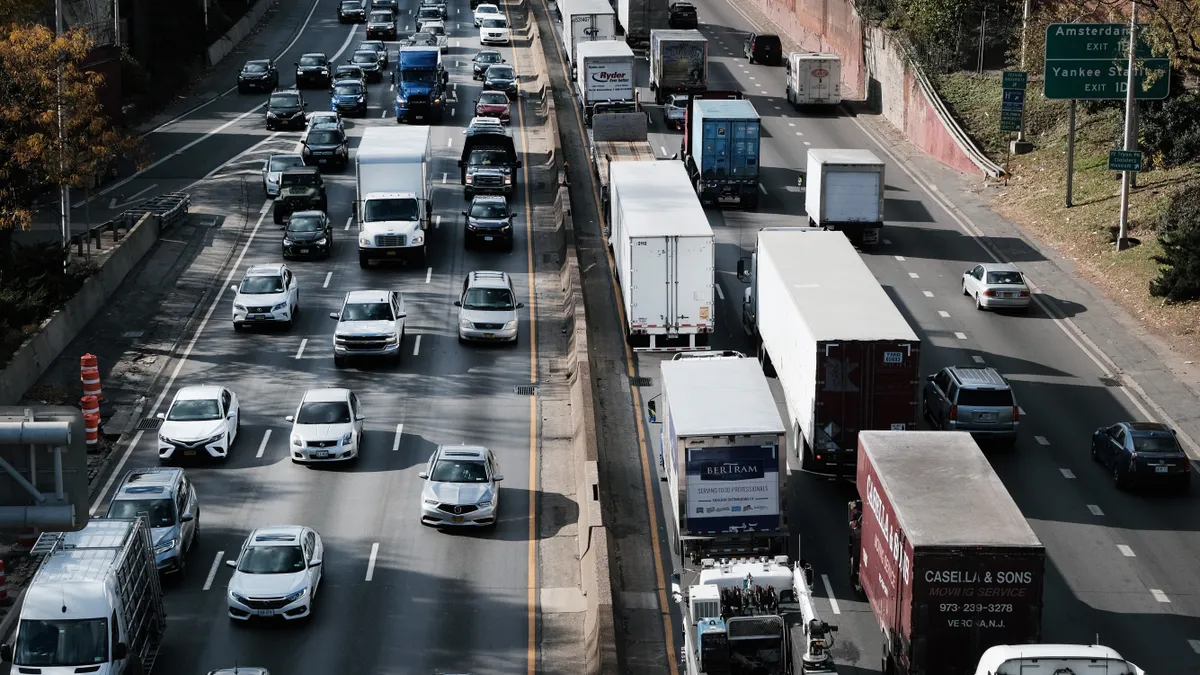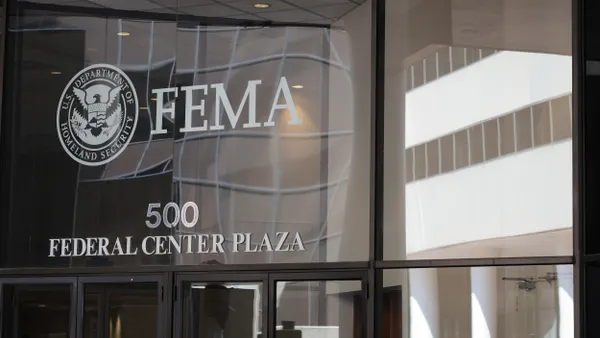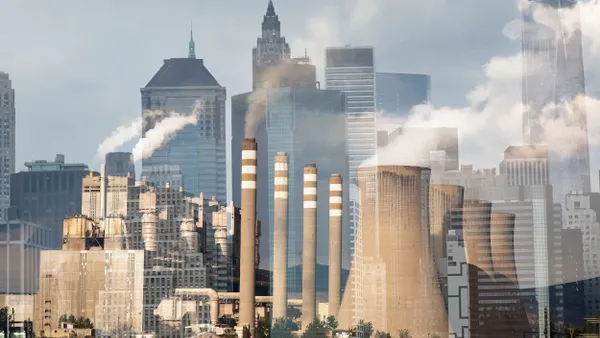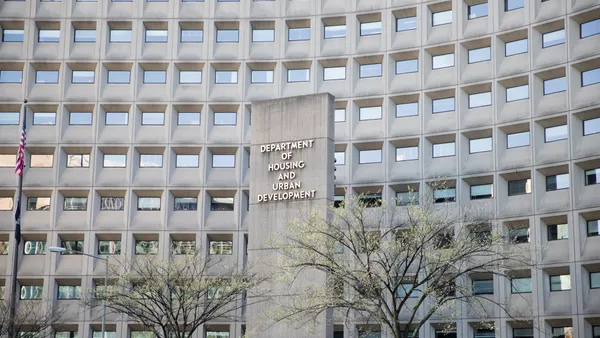Dive Brief:
- Physical and mental health detriments from urban noise pollution are one of the top emerging environmental threats, as outlined in a UN Environment Programme (UNEP) report released last week.
- The group criticized governments' "reactive approach" to noise reduction and called for greater collaboration between urban planners and environmental acoustics experts. "A very limited percentage of measures dealing with environmental sounds resort to land use or urban planning while growing evidence from research indicates that this approach would be the most sustainable path," the report states.
- The report urges governments to move beyond reducing harmful noise to also promoting positive soundscapes that benefit health. This could include ensuring that natural sounds, like birdsong or human conversation, outweigh the din of traffic, for example.
Dive Insight:
"When sounds are unwanted, they become noise," UNEP's report states. "When noises are too loud and persist too long, they become noise pollution." The problem doesn't just have implications for hearing loss; the UN group cites growing evidence that traffic noise exposure is a risk factor for the development of cardiovascular and metabolic disorders.
Exposure scientist Rick Neitzel, a professor of environmental health sciences at the University of Michigan, said that while he’s pleased to see renewed attention from the United Nations, whose World Health Organization has previously issued environmental noise guidelines, “it's a little strange to see the title is ‘emerging hazards’ because we've known noise is bad” for centuries.
Various federal regulators have played a role in how the U.S. has approached the issue. The Environmental Protection Agency has recognized the issue of noise and its health effects, but its Office of Noise Abatement and Control lost funding in 1982 and has not been restored, despite lobbying efforts. The Federal Aviation Administration has implemented regulations to reduce noise levels from aircraft. The Department of Transportation also has a National Transportation Noise Map.
Some governments have tried using technologies to address the noise pollution issue directly. In the U.S., some state transportation departments have implemented quieter pavements and noise walls. In France, beginning this month, seven cities are experimenting with "sound radar" sensors that can identify vehicles making excessive noise. Down the road, governments could leverage the technology to fine motorists exceeding a future noise pollution limit, The New York Times reports.
In many cases, policies or innovations that mitigate noise pollution come in the form of actions branded as addressing air pollution or transportation emissions. The UNEP report notes the impact of Central London's Ultra Low Emission Zone, saying that while its main aim is to improve air quality, its push for quieter electric or hybrid vehicles has noise-reduction benefits. Likewise, some U.S. cities are also opting to ban gas-powered leaf blowers and mowers, addressing both air and noise pollution. Conversely, Neitzel also noted that some cities' sustainability-driven efforts to house people closer to transit could increase noise exposures for those people.
Neitzel, who's served as principal investigator on the Apple Hearing Study that assesses sound exposures' impact on hearing health, noted that many people with smartphones see an air quality notification in the weather apps they use, and something similar could be done for noise. "It strikes me that adding some kind of noise indicator to community metrics of pollution would really put it more in people's face," he said. Noise "is odorless, colorless and not perhaps easily perceived, like some types of air pollution are. But I think with certain approaches that do make the consumer and the public more educated, it could be possible to get people motivated and start to have noise-specific policy." But in the absence of such specific policy, "it really does need to be snuck in in many ways to other policies as a secondary benefit."











